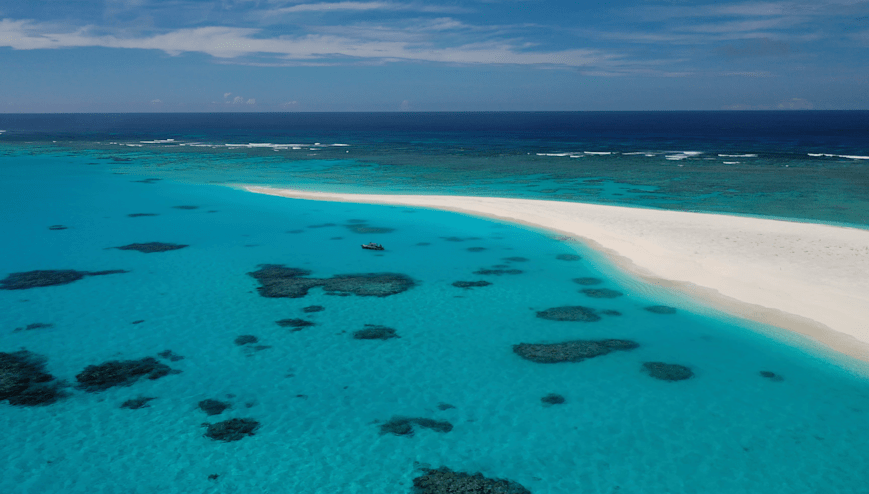National Geographic Pristine Seas began its expedition this week in Fiji and Rotuma to study deep sea to shallow reefs.
The crew s made up of local and international experts and the expedition will take place between April and September at the invitation of Fiji’s government.
The first area of study is Rotuma.
“Exploring our ocean under the stewardship of Rotuma and her people is a milestone achievement,” said Chairman of the Council of Rotuma, Gagaj Manav.
“The Council of Rotuma welcomes National Geographic Pristine Seas to Rotuma to help us better understand the richness of our ocean.”
“Rotuma is committed to protecting our cultural heritage anchored in the ocean that surrounds us and to safeguarding our people’s wellbeing through science, education, awareness, cooperation-assistance, and well-meaning dialogue.”
National Geographic Pristine Seas states Fiji and Rotuma have lush underwater ecosystems that are home to marine turtles, humpback whales, reef fish, manta rays, sea snakes, corals and more.
“Fiji has a rich culture of traditional ocean management and conservation through qoliqoli and tabus,” said Kevin Chand, Senior Director Pacific Ocean Policy for Pristine Seas.
“Fiji has made enormous progress in recent years to protect its ocean.”
“Our expeditions aim to leverage and complement this work and support Fiji as it seeks to achieve its conservation goals by 2030.”
“Being from Fiji with a maternal connection to Rotuma, I’m doubly excited to be part of this expedition and work closely with communities here.”
In partnership with Birdlife Fiji, Pristine Seas will also study the waters off Gau Island to try and locate Fiji petrels at sea in order to determine the location for their nesting grounds on land.
The effort aims to shed light on one of the rarest and least understood bird species in the world.



